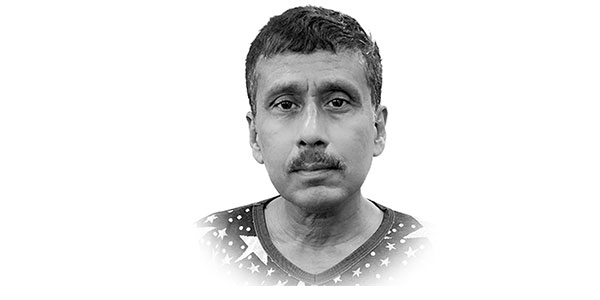Swachh Bharat mission?
THE Swachh Bharat campaign was launched by the Narendra Modi government on October 2, 2014, soon after Narendra Modi became the PM of the country.
But why do we require such a mission? Is India a dirty nation? The answer may somewhat be yes, that’s why we are lining up the mission of a clean India.
It is a constraint mission for the development of the nation; because without clean and proper sanitation, a country cannot develop.
If our home is clean, then the question arises in our mind as to why do we need a Swachh Bharat Abhiyan?
Because at large, India’s public areas, streets, government offices, roads, footpaths, rivers and government hospitals are generally filthy.
Almost everyday, we observe the garbage just outside of our home boundaries or public places.
But who cares? Just for publicity’s sake, sweeping with the broom for one or two days cannot lead to success of the Swachh Bharat Mission.
Also, any politician or a government or public leader cannot attain success of Swachh Bharat by doing it themselves alone.
These exemplary leaders need to set an example for the masses to clean up their surroundings.
If these leaders have a real intention to clean up India, then they should proceed towards the dirty areas of the slums and mohallas.
Apart from a few cities, many villages are often cleaner than the unplanned colonies of big cities, and the more densely populated areas are dirtier, and people feel less of a responsibility to clean them.
Another issue in such areas is that they do not have sufficient space and proper drainage system, and thus, those dirty areas attract even more garbage.
In India, the major rivers are polluted and the main causes of pollution are that various industries are established on the banks of a river, and people consider the river as their universal drainage.
The government should impose strict rules to these industries to treat the garbage before dumping them into the river and ensure that it doesn’t affect the ecological balance of the rivers.
The mission of the present government to clean up the River Ganga from pollution is a great challenge.
To achieve this mission of Swachh Bharat, we the people of India, need to be more responsible to realise this dream.
Let all of us Indians therefore take up the responsibility to realise the dream of Swachh Bharat (clean India), change our mindset, and learn from the world’s cleanest countries and adopt their techniques to keep our neighbourhoods and country always clean.
—The writer is contributing columnist, based in Mumbai, India










